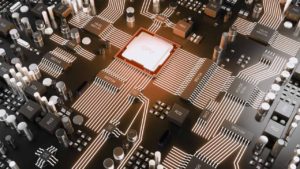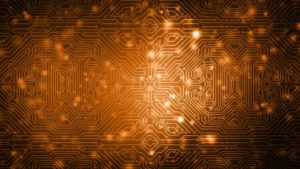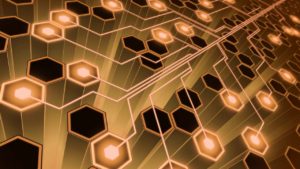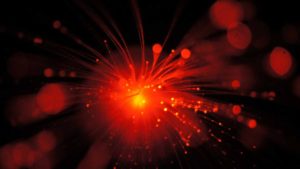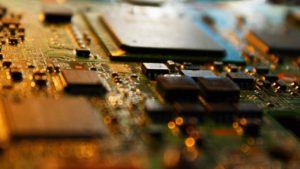Introduction Rapid technology advances in the wireless communications world make test and evaluation of Radio Frequency (RF) devices a difficult subject. It seems that by the time a new device hits the market, it has been made obsolete by the next generation. I recall hearing from a major electronics manufacturer CEO that 90% of sales happen within 90-days of market release … [Read more...]
Electrostatic Discharge (ESD) in Electro-Optic Devices
Many electronic components used in highly technological devices can be damaged or degraded by sudden electrostatic discharges, known by the term Electrostatic Discharge (ESD). Components such as transistors, diodes, laser diodes, electro-optical devices, and a variety of integrated circuits are all sensitive to electrostatic discharge. Many manufacturers are increasingly … [Read more...]
Review of MIL-STD-461 CS117 Lightning Induced Transients, Cables and Power Leads
Introduction Lightning may produce a spectacular display when viewed, but the associated electromagnetic effects (EME) has the potential (pun intended) to severely damage electrical and electronic circuits. MIL-STD-461G added a new test method to evaluate device tolerance for induced current on equipment cables or insulation breakdown from the effects of indirect lightning. … [Read more...]
EMC Laboratory Selection Audit Items
Introduction This blog will provide the reader with an introduction to some of the items that need to be looked at when auditing an EMC laboratory with an eye to placing them on your company’s approved lab list. This is not an in-depth look at each item but is based on my experiences auditing laboratories (both in-house and 3rd party) over a number of years. Key … [Read more...]
The Top-Ten Articles and Blogs as of December 2018
Most magazines like to review the top ten most viewed articles this time of year and Interference Technology is no different. We think our readers and authors are awesome and enjoy highlighting some of the most popular articles to date. So, here we go: What is differential and common mode current, by Ron Brewer. Unwanted conductive and radiative emissions can be … [Read more...]
Review of MIL-STD-461 CE106 Conducted Emissions, Antenna Port
Introduction Let’s take on the challenging evaluation of detection and measurement of antenna port emissions – the unintentional emissions that creep through the device circuitry and are presented to the world through an intentional wireless connection. We are NOT going into an in-depth study of antennas and we are NOT exploring what the unintentional signals may reveal. … [Read more...]
THE FINAL COUNTDOWN: EN 60601-1-2 fourth edition
We are getting closer and closer: at the end of this year the new version of the standard concerning EMC tests and measurements on medical electrical equipment will become reality… yes, the old one will be superseded. This change will influence (actually is already doing that) the whole approach to the EMC testing of these devices… on both sides! On one side, the EMC … [Read more...]
What You See With Near Field Probes (part 2) ….
In the second part of this topic I will explain how to understand the output of a square magnetic near field probe. My good friend Doug C. Smith explained me this idea many years ago and it is really useful for EMI troubleshooting. In my last post (June 2018), I reviewed the response of a magnetic near field probe. The conclusion was basically that the output voltage … [Read more...]
DIY Near Field Probes & Preamplifiers
Introduction A very useful tool for troubleshooting EMC issues is the near field probe. Due to its small size (compared against antennas) the most common use of these tools is to aid in detection of the source of a particular signal (emission), or as a local field-generating source (immunity), helping you to find weak spots in your device under test. There are several options … [Read more...]
DO-160 Critical Sections – Cable Bundle for Indirect Lightning
In the last article of critical DO-160 sections we talked about pin injection testing for indirect lightning. Like pin injection, cable bundle is under Section 22.0 of DO-160. However, cable bundle is a completely different beast and warrants its own discussion. For future articles we will also be discussing the following sections of DO-160 so stay tuned for more great … [Read more...]
- « Previous Page
- 1
- …
- 7
- 8
- 9
- 10
- 11
- …
- 27
- Next Page »
